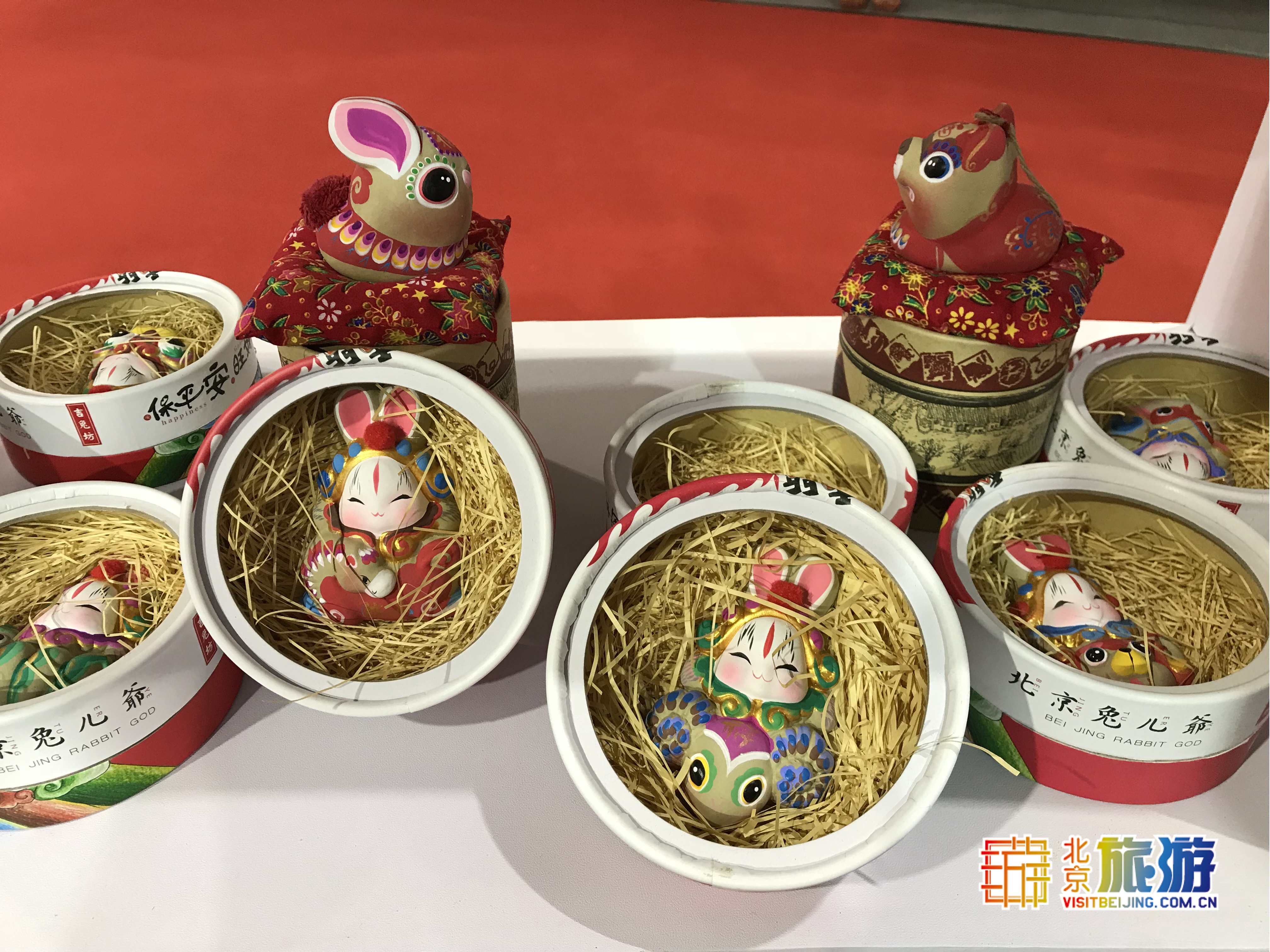Chinese lunar New Year of Dog, or Spring Festival, falls on Feb. 16. As a shared treasure of all human beings, handicrafts record the living and producing styles, customs and habits, cultural concepts of the mankind. Below are representative handicrafts in Beijing which hold the most flavor of the Chinese New Year.
Paper Cutting

People often create paper cuttings to greet the Chinese lunar New Year. Chinese paper cutting (better known as “Jianzhi” in China) is the picture cut out on a paper with scissors or nicking tools, used for decoration or designed for the jubilant festivals.
In China, paper cutting enjoys a wide popularity among the public, connected with various customs and daily lives of all ethnic groups. Its inherited visual images and patterns are enriched with traditional cultures and histories, and of great value in recognition, enlightenment, expression, emotion expression, recreation and social communication. In addition, both embody social cognition, moral idea, practical experience, ideal of life and aesthetic taste of Chinese people.
Where to buy:
Local supermarkets
Wangfujing Gongmei Building: No. 200, Wangfujing Avenue, Dongcheng District
JianWang Paper-cut (Jianwang Jianzhi Yishu): Nanluoguxiang, Xicheng District
Lord Rabbit

Lord Rabbit is not only a kind of local traditional handicraft in Beijing, and also a favorable toy for children during festivals. As a traditional artwork of Beijing, Lord Rabbit, also known as “Tu’er Ye”, figurine is considered an amazing symbol of Beijing local souvenirs. Made from clay, it was once used for worship and later becoming a children’s toy.
According to the most popular legend, Lord Rabbit is a moon rabbit living on the Moon. Based on the folklore of Chang’e, the Chinese goddess of the moon and the moon rabbit, a maker of elixirs, artists can create variety of clay rabbit figurines featuring artistry, personalization and even deification.
Where to buy: Beijing Tu’er Ye Shop
Address: No. 45, Liulichang East Street (nearby Hufang Bridge)
Beijing Kite

Beijingers have deep love for kite that enjoys a long history in this city. Every spring, Beijing’s streets are scattered with stalls selling colorful kites in shapes of eagle, goldfish, swallow, butterfly, bat and even dragon, adding infinite vitality and vigor to this listless city just awaking from cold winter.
The kite is claimed as the invention of the 5th-century BC Chinese philosopher Mozi, who made the wood into a bird on which he spent three years. This was the earliest origin of kite. Later in the Spring and Autumn period, Lu Ban, an inventor of the Zhou Dynasty, creatively used the bamboo to make kite. Up to the Eastern Han Dynasty when Cai Lun improved the papermaking process, paper kite, called as “Zhiyuan” (paper eagle), was certainly being flown.
Available at: Beijing Sanshizhai Kite Store
Address: A No. 25 (on the northwestern corner of crossroad at Di’anmen), Di’anmen Street
Silk Figurine of Beijing

As a traditional folk artwork exclusive to Beijing and with over 1,000 years of history, silk figure is dominantly made from silk in human shape. Silk figure is one of the figure arts, closely related to cloth toys with crafts of mini-silk making and silk making among the people. Subjects are mainly characters from folk stories loved by China’s common people, including ancient beauties, dramatic figurines and modern dancers. The making of the lifelike figurines involves a dozen steps, including sculpting, painting, designing clothing and props, arranging the hair and headwear. Usually, faces and hands of silk figurines are made of natural silk. From head to toe, inside and out, only top quality Chinese silk and silk yarn are used to make these craftworks.
Where to buy: Gongmei Building, Wangfujing
Address: No. 200, Wangfujing Avenue, Dongcheng District
Peking Opera Facial Mask

Facial mask is a pattern of put-on facial makeup for traditional opera actors and actresses. For diverse performers and roles, of course, facial patterns are a bit different accordingly.
The culture of Chinese Peking Opera is extensive and profound, and the facial costume is more a crystallization of human wisdom. As makeup artistry exclusive to Chinese opera, facial mask is an expression of character in terms of operas, and a kind of pattern in art.
Where to buy: Gongmei Building, Wangfujing
Address: No. 200, Wangfujing Avenue, Dongcheng District




